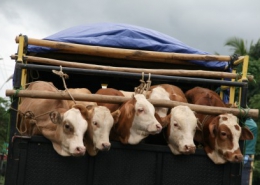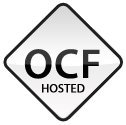HPAI Control from a Demand Side Perspective
Place: GMS • Dates: 2007 • Partner: FAO
Project Summary
Because HPAI represents a critical public health concern, responses to disease outbreaks countries have generally been led by swift and determined government interventions. Moreover, most intervention and control strategies have been targeted to the supply side of the market, including culling, banning live bird and even meat sales, and mandating changes in husbandry practices. These measures have had varying success, in part because of uneven application and because such command and control approaches do not take full account of the roles of incentives and other private agencies in the food supply. Beyond this, such approaches rely on public resources and institutional capacity, and thus may be difficult to sustain for extended periods, particularly in cases where HPAI becomes endemic.
With these considerations in mind, it is reasonable to examine what kind of market-oriented approaches to HPAI risk management could be developed. From that perspective, this study of the PPLPI examines how the demand side of the poultry market can play a constructive role in reducing risk. To the extent that consumers care about and are willing to pay for certified HPAI-free poultry, there may exist options for private finance of more bio-secure and safe poultry supply chains.
In a pilot effort to ascertain the feasibility of such systems, we are conducting focused market surveys in HPAI epicenter countries of the Mekong sub-region. Early evidence from Viet Nam, reported below, indicates that demand side approaches to reducing disease risk should be more actively investigated.
Most Recent Entries

California and China: Leadership for a Low Carbon Future

Roadmap on the Prospects for GMS National Scaling and GMS Regional Coordination of Agrifood Traceability Schemes









